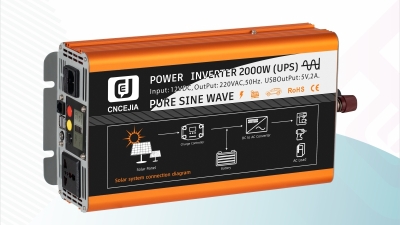Innovative Examples of Dc To Ac Power Inverters in Various Applications
Table of Contents
- Innovative DC to AC Power Inverters: Transforming Renewable Energy Systems
- Understanding the Efficiency Ratings of Inverters: Key Measurements and Metrics
- Applications of Inverters in Electric Vehicles: Powering the Future of Transportation
- Utilizing Inverters in Off-Grid Solar Systems: A Case Study Analysis
- The Role of Inverters in Industrial Automation: Boosting Productivity with AC Power
- Emerging Trends in Smart Inverter Technology: Enhancing Grid Stability and Flexibility
- Harnessing Solar Energy: A Comprehensive Guide to the CJPS-UPS-2000W Solar Inverter for Off-Grid Power Solutions
- FAQS
- Conclusion
- Related Posts
In today’s fast-changing energy world, the importance of DC to AC power inverters is really growing across a bunch of different areas — from renewable energy setups to electric cars. I’ve seen some recent reports, like one from Mordor Intelligence, that says the global inverter market is set to expand at about 10.5% CAGR between 2021 and 2026. That’s mainly because more folks are really into renewable energy and energy storage solutions these days. Zhejiang Cejia Electric Co., Ltd., with over 20 years of experience under their belt, is actually leading the way in this space, offering top-notch energy storage power supplies. As demand for efficient energy conversion keeps climbing, it’s super important for everyone—whether you’re just a consumer or a business—to get a grasp on the latest tech and applications of these DC to AC inverters. In this blog, I’ll share some pretty cool examples that show just how versatile and crucial these devices are across different fields.
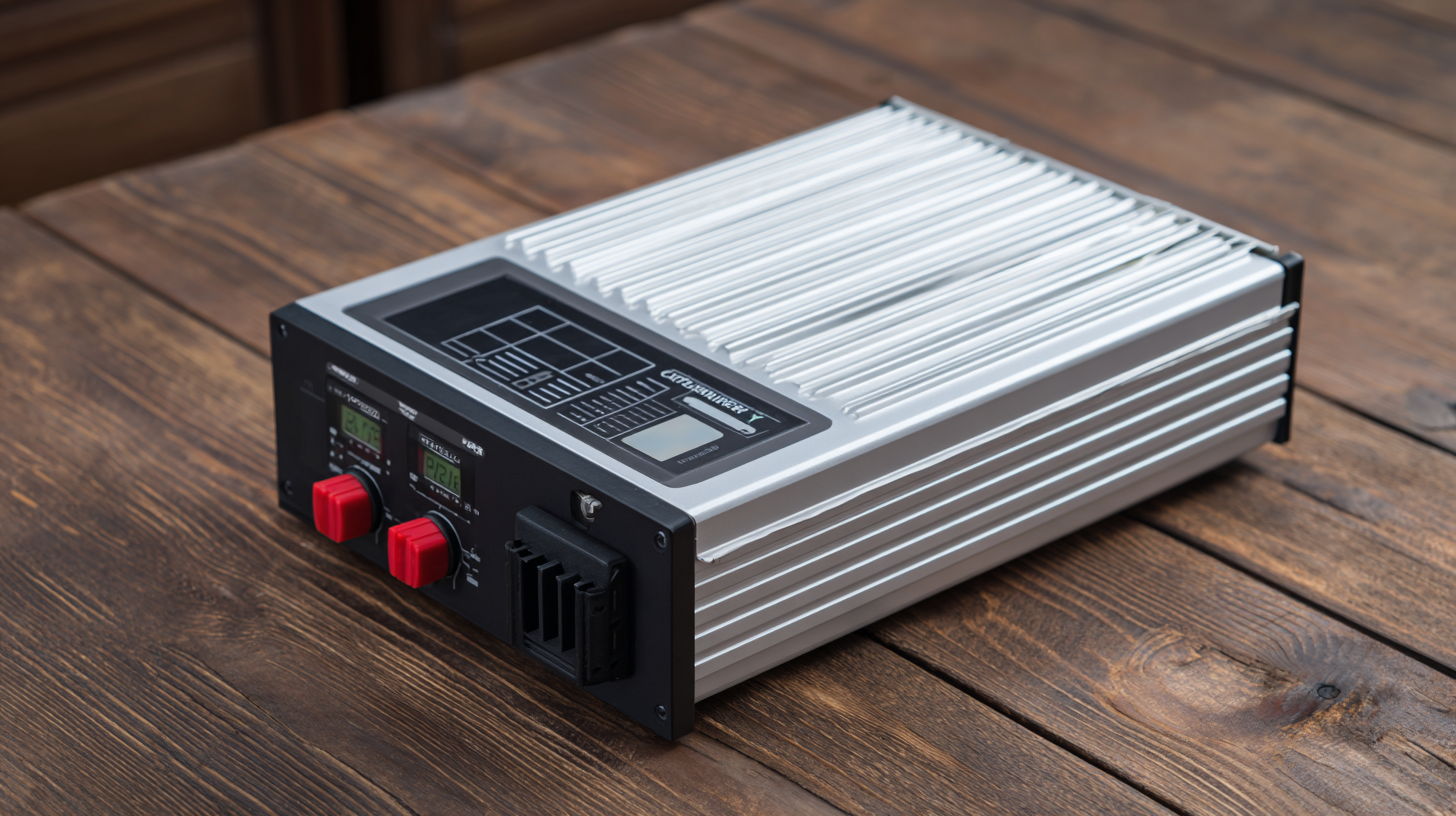
Innovative DC to AC Power Inverters: Transforming Renewable Energy Systems
When it comes to transforming renewable energy systems, one of the big game-changers is the new breed of DC to AC inverters. These guys are pretty much the backbone of turning the direct current from solar panels and wind turbines into the kind of power we can actually use at home or on the grid. It’s pretty wild—industry reports say the worldwide market for these power inverters could hit around $10 billion by 2025, growing at a steady clip of over 15% each year. Not only do these advancements boost energy efficiency, but they also make it easier to plug renewable sources into today’s existing power grids without a hitch.
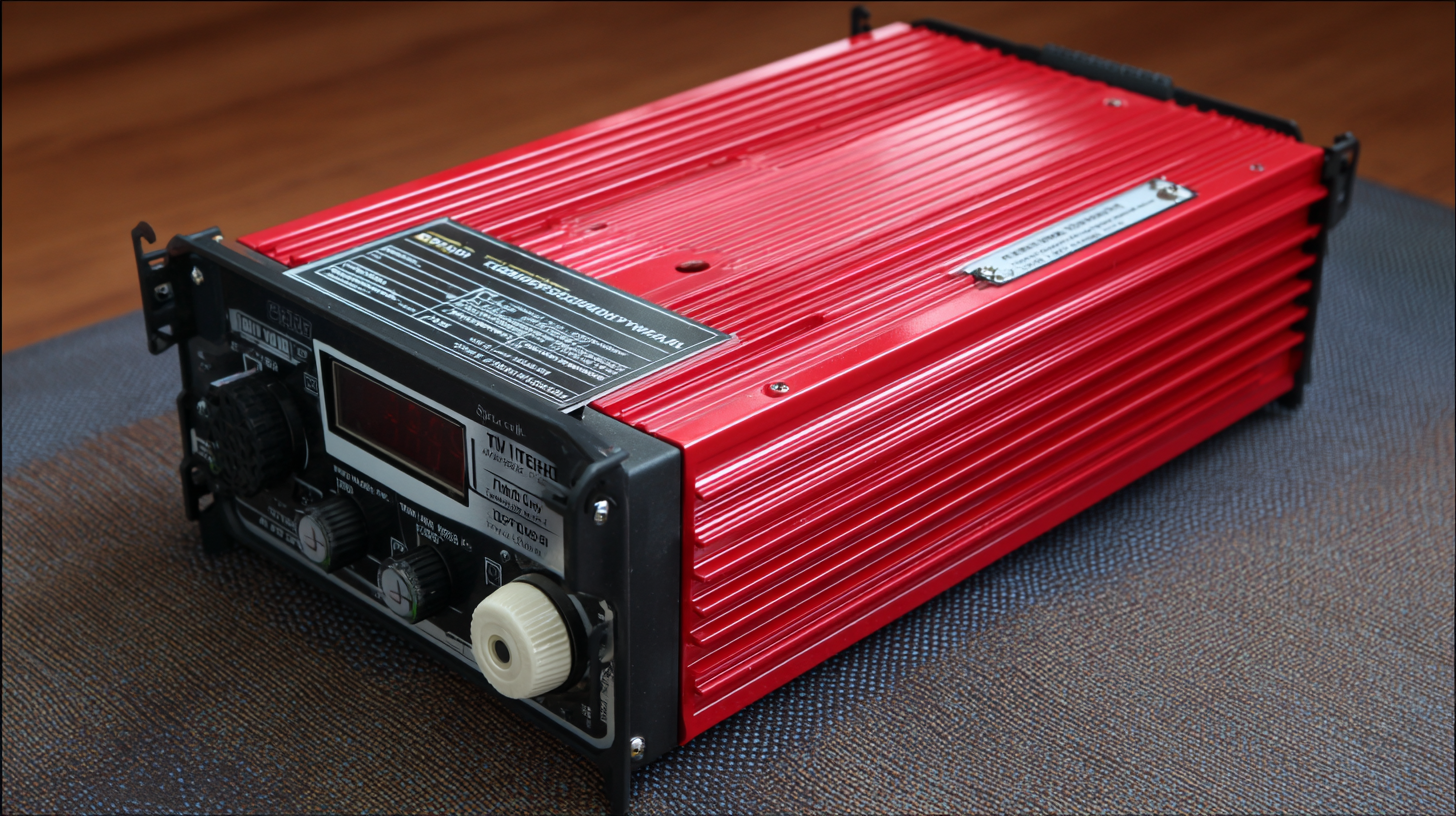
One area where they’re really making a difference is in residential solar setups. Modern inverters are now smarter—they can optimize how much energy they produce and even coordinate with the grid. Some of the cool tech out there allows these inverters to tweak their operations in real time, depending on how much energy is being demanded or supplied. That means homeowners can save more on their energy bills and still help keep the overall grid stable.
If you're thinking about picking out a DC to AC inverter for your setup, here are a few tips: check how efficient it is—this really impacts how much energy you’ll actually save. Look for models with a Total Harmonic Distortion (THD) of less than 5%, so you’re getting good quality power. And if you can, go for ones that have built-in monitoring features. That way, you can keep an eye on performance and catch any issues early on, which helps your renewable system last longer and work smoother.
Understanding the Efficiency Ratings of Inverters: Key Measurements and Metrics
When it comes to energy solutions, really getting a handle on how efficient power inverters are is super important if you want everything to run smoothly. Measures like peak efficiency and European efficiency basically tell you how good an inverter is at turning direct current (DC) into alternating current (AC). These numbers aren’t just stats — they affect how much energy you use, how much your operational costs are, and how dependable the inverter is when you’re actually using it in the real world. For companies like Zhejiang Cejia Electric Co., Ltd., which focuses on energy storage power supplies, those efficiency ratings are a big deal — they influence product development and how happy customers are with what they get.
CEJIA has been in the game for more than 20 years, and their reputation isn’t just built on offering solid, quality gear — they really care about making their inverters as efficient as possible. By working on innovative designs that boost performance, they’re able to keep up with a market that’s changing fast. Whether it’s for residential solar setups or big industrial projects, understanding and improving inverter efficiency is key to delivering energy solutions that are not only green but also affordable and reliable. That way, businesses can confidently move toward cleaner energy sources without breaking the bank.
Efficiency Ratings of DC to AC Power Inverters
Applications of Inverters in Electric Vehicles: Powering the Future of Transportation
When it comes to electric vehicles (EVs), one of the really important parts is the inverter. Basically, it takes the direct current (DC) stored in the battery and turns it into alternating current (AC), which powers the electric motors. Without this conversion, modern electric drivetrains just wouldn’t work — it’s a pretty crucial step for making sure the car runs smoothly, efficiently, and packs a punch in performance. Thanks to some pretty cool advancements in inverter tech, manufacturers are able to give us EVs that go farther, respond faster, and just run more efficiently, making them more and more appealing to drivers out there.
What's also exciting is how new inverter designs are shaping the future of transportation. For example, some now come with regenerative braking — so when you hit the brakes or slow down, the system recovers energy and feeds it back into the battery. That means the car can go a bit longer on a single charge, plus it’s a greener way to drive. There’s also ongoing progress with solid-state inverters, which could make these systems lighter, smaller, and even more adaptable. That means electric vehicles could really take off across all kinds of transport — from your daily personal car to big buses and trucks.
All in all, as more people look for cleaner, more efficient ways to get around, it’s pretty clear that these advanced inverter systems are going to play a huge role in shaping the future of mobility. It’s an exciting time for electric vehicles, with a lot of innovation happening behind the scenes!
Utilizing Inverters in Off-Grid Solar Systems: A Case Study Analysis
In recent years, off-grid solar systems have really started to catch on, especially because they can provide reliable power to those hard-to-reach remote areas. One key piece of these setups is the DC to AC power inverter—basically, the device that turns the direct current from solar panels into the alternating current your household appliances need. I remember reading about a rural community that adopted off-grid solar technology, and it was pretty eye-opening. The inverter made a real difference—now folks could turn on lights, run refrigerators, and stay connected through communication devices. Honestly, it's not just about lighting up homes; it’s about giving communities a real shot at a better life and even helping their local economy grow.
A quick tip if you’re thinking about getting an inverter for your off-grid solar setup: pay attention to the wattage your appliances require. It’s super important to pick one that can handle those big power surges and keep everything running smoothly without interruptions.
And on top of that, newer inverter designs are pretty impressive—they’re more efficient and don’t break the bank. For example, smart inverters can tweak their output based on how much energy you actually need at that moment. This is especially handy if the sunlight isn’t shining consistently. It helps conserve battery life and keeps things running smoothly.
One last thing—making sure to do regular check-ups and maintenance on your inverter is a smart move. Watching the voltage levels and making sure all the connections are tight can really extend its lifespan and keep your system humming along nicely.
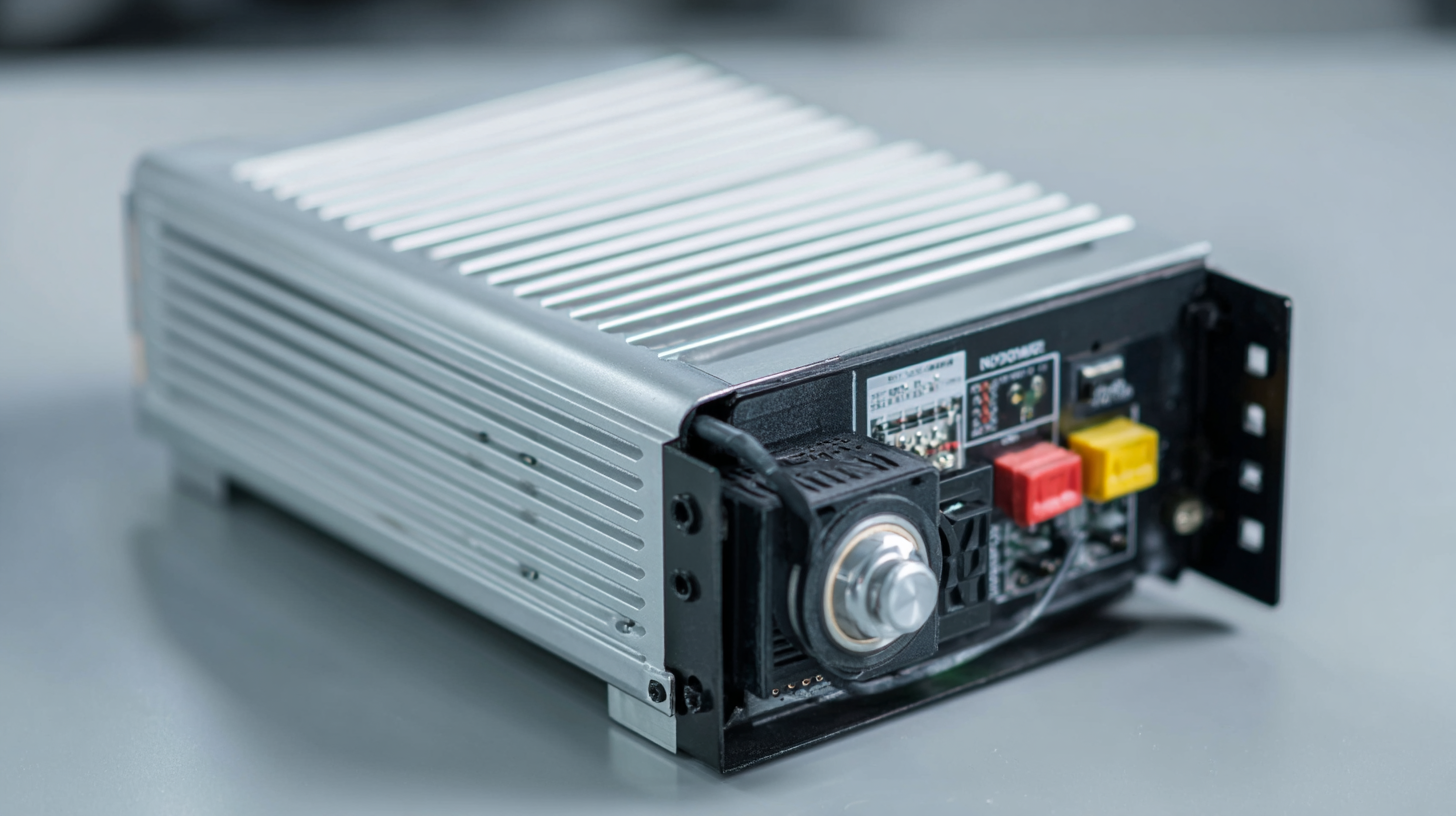
The Role of Inverters in Industrial Automation: Boosting Productivity with AC Power
When it comes to industrial automation, you really can’t overlook the importance of
inverters—they’re the key players in turning DC power into AC power.
As technology advances and companies rely more and more on smarter systems, the need for reliable and efficient power sources has
just gone through the roof. I read in a report from Grand View Research that the global market for power inverters is expected
to hit around $12.36 billion by 2025, mainly because of how fast industrial automation is growing. This growth
just highlights how essential inverters are for boosting productivity and keeping things running smoothly.
Inverters make it pretty seamless to turn renewable energy—like solar panels or batteries—into usable AC power for industrial machinery.
For example, adding inverters to automated production lines allows for really precise control of motors and drives, which can
cut energy use by as much as 30%, according to the U.S. Department of Energy. That’s a big deal
because not only does it help companies produce more efficiently, but it also helps save on operating costs—which is a
huge plus for industries trying to stay ahead in this fast-changing market.
Plus, with all the recent tech improvements—like better modulation techniques and cooler cooling systems—industries can push automation
and efficiency even further. By jumping on these innovative inverter technologies, businesses are better equipped to meet the rising
expectations around sustainability and performance, helping them stay competitive in the long run.
Emerging Trends in Smart Inverter Technology: Enhancing Grid Stability and Flexibility
Lately, smart inverter tech has really changed the game when it comes to adding renewable energy sources to our power grids. These clever devices aren't just about turning direct current (DC) into AC; they also come with all sorts of advanced features that boost the stability and flexibility of the whole system. Thanks to real-time data tracking and communication, smart inverters can adjust on the fly—responding to changes in supply and demand—which helps keep the grid more resilient and reliable.
One exciting trend we're seeing is the integration of artificial intelligence and machine learning. Basically, these tools help inverters predict how much energy solar panels or wind turbines might produce at any given time, so energy distribution can be optimized. They can also lend a hand during peak usage times by tweaking their output or participating in demand response programs. This kind of adaptability doesn’t just keep the grid stable; it also makes it easier to include more renewable energy sources, pushing us toward a greener, more sustainable future.
Harnessing Solar Energy: A Comprehensive Guide to the CJPS-UPS-2000W Solar Inverter for Off-Grid Power Solutions
Harnessing Solar Energy: A Comprehensive Guide to the CJPS-UPS-2000W Solar Inverter for Off-Grid Power Solutions
In the quest for sustainable energy solutions, the CJPS-UPS-2000W solar inverter stands out as a reliable option for those seeking off-grid power. This advanced inverter converts direct current from solar panels, batteries, or wind turbines into alternating current, making it an essential component for any solar energy system. Utilizing high-frequency power conversion technology, it incorporates a ferrite transformer, which allows it to be significantly lighter and more compact than traditional silicon steel transformers, offering ease of installation and transport.
The CJPS-UPS-2000W is a pure sine wave inverter, ensuring that the output mimics the quality of mains electricity. This feature is vital for sensitive electronics and appliances, as it minimizes the risk of damage and ensures optimal performance. Compatible with both lead acid and lithium batteries, this inverter provides dependable AC power across various applications—from powering boats and RVs to serving as backup power in remote cabins and emergency situations. Its versatility and reliability make it a standout choice for anyone looking to harness solar energy effectively.
FAQS
C power inverters in renewable energy systems?
The global market for power inverters is projected to reach $10 billion by 2025, with a compound annual growth rate (CAGR) of over 15%.
Modern inverters equipped with smart technology can adjust their operations based on real-time energy demands and supply fluctuations, maximizing energy savings for homeowners and contributing to grid stability.
Consumers should assess the inverter’s efficiency ratings, seek models with a Total Harmonic Distortion (THD) of less than 5%, and consider inverters with integrated monitoring features for performance tracking and proactive troubleshooting.
Inverters are critical in industrial automation for converting renewable energy into AC power to drive machinery, enhancing productivity and operational efficiency, and helping reduce energy consumption by up to 30%.
Advancements such as improved modulation techniques and enhanced cooling systems have allowed industries to achieve higher levels of automation and efficiency, essential for meeting sustainability and performance demands.
By enabling precise control of motors and drives, inverters help reduce energy consumption in production lines, thereby significantly lowering operational costs and boosting productivity.
Innovative inverter technology is crucial as it allows businesses to improve energy efficiency and sustainability, which are increasingly important factors for competitiveness in a rapidly evolving market.
A Total Harmonic Distortion (THD) rating of less than 5% indicates high-quality power output from the inverter, which is important for the performance and longevity of renewable energy systems.
Inverters facilitate the seamless conversion of renewable energy into compatible AC power, thereby enhancing the integration of these sources into the existing power grid and improving overall energy efficiency.
Conclusion
So, there's this blog titled 'Innovative Examples of DC to AC Power Inverters in Various Applications'—and honestly, it’s pretty eye-opening when it comes to how these inverters are changing the game in today’s energy scene. It talks about how they’re boosting renewable energy setups, making everything more efficient, and even pushing the envelope with electric vehicles, off-grid solar systems, and industrial automation. You know, as more industries shift to AC power, these inverters are becoming more and more essential. They’re really helping to increase productivity and make things more sustainable, which is pretty cool.
Now, Zhejiang Cejia Electric Co., Ltd. has been around for over 20 years—so they’re not newbies in this space. They’re actually ahead of the curve, offering smart energy storage solutions that use the latest in DC to AC inverter tech. What’s great about them? They really focus on quality and cost-effectiveness, making them a solid partner if you’re trying to keep up with the latest trends in inverter tech. Plus, their work is a big deal for improving grid stability and flexibility, which, let’s face it, is super important these days.
Related Posts
-

5 Essential Tips for Choosing the Right DC to AC Converter Device for Your Needs
-

Ultimate Guide to Choosing the Best Inverter for Your Needs
-

2025 Market Insights on Best Electric Inverters: Data-Driven Strategies for Success
-
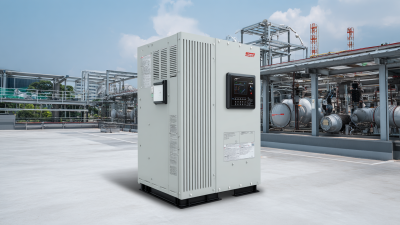
Global Leaders in Manufacturing and Exporting the Best Ac Power Inverter Solutions
-

Top 10 DC to AC Power Inverter Manufacturers from China at the 137th Canton Fair
-

Explore Innovative Applications of Terminal Busbar in Modern Electrical Systems


